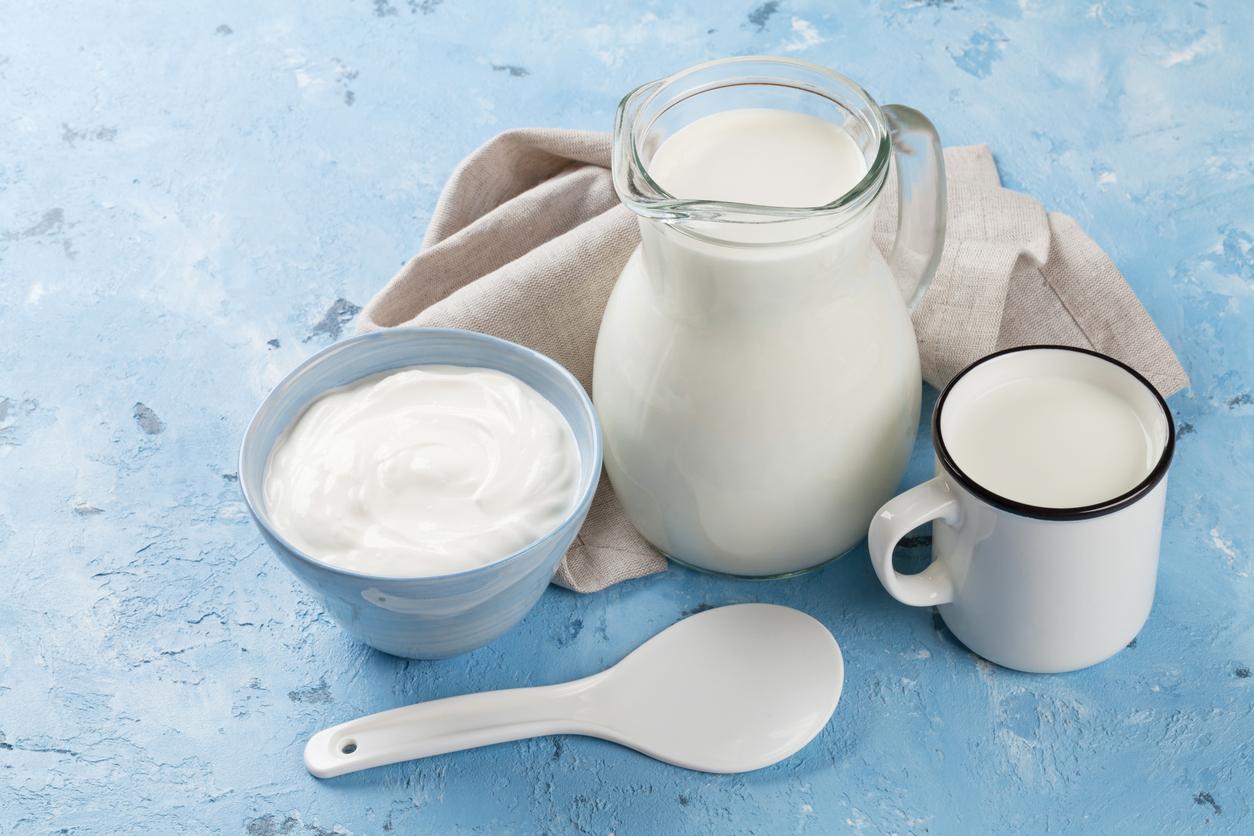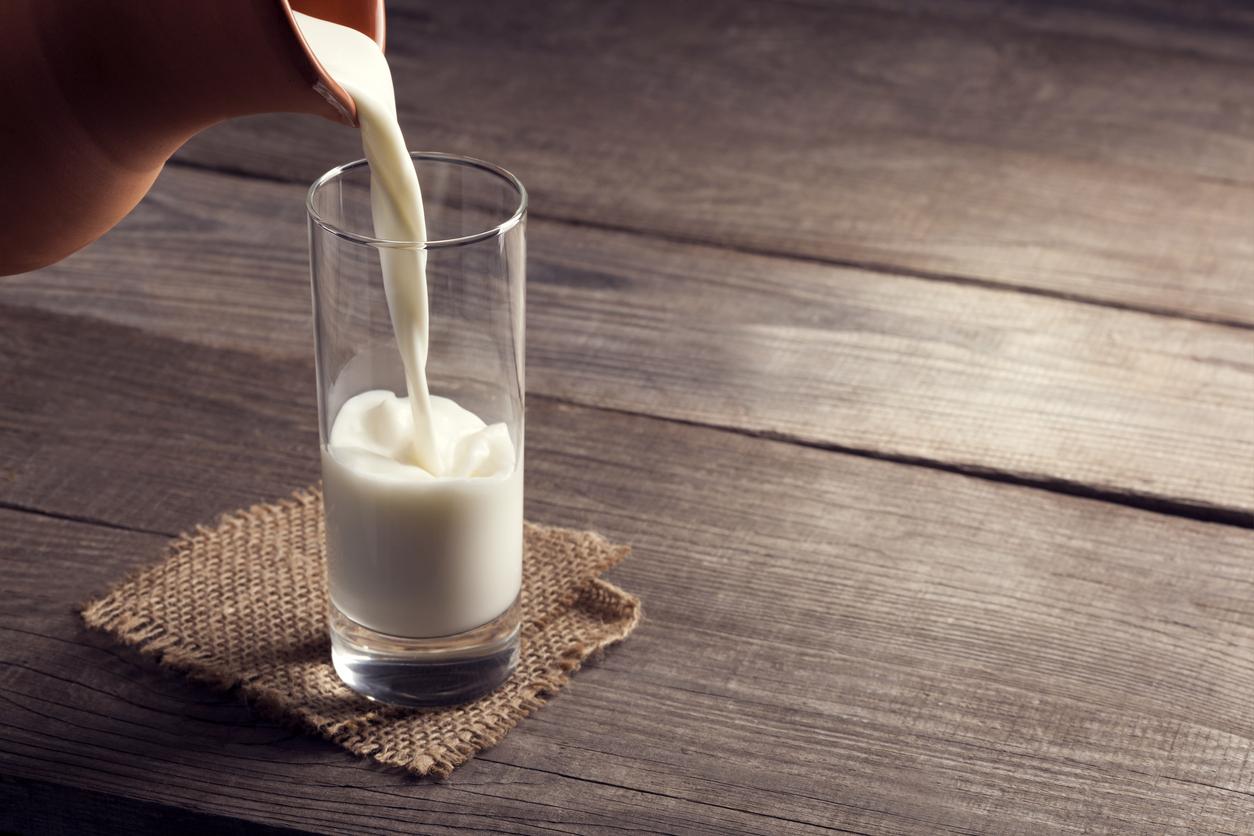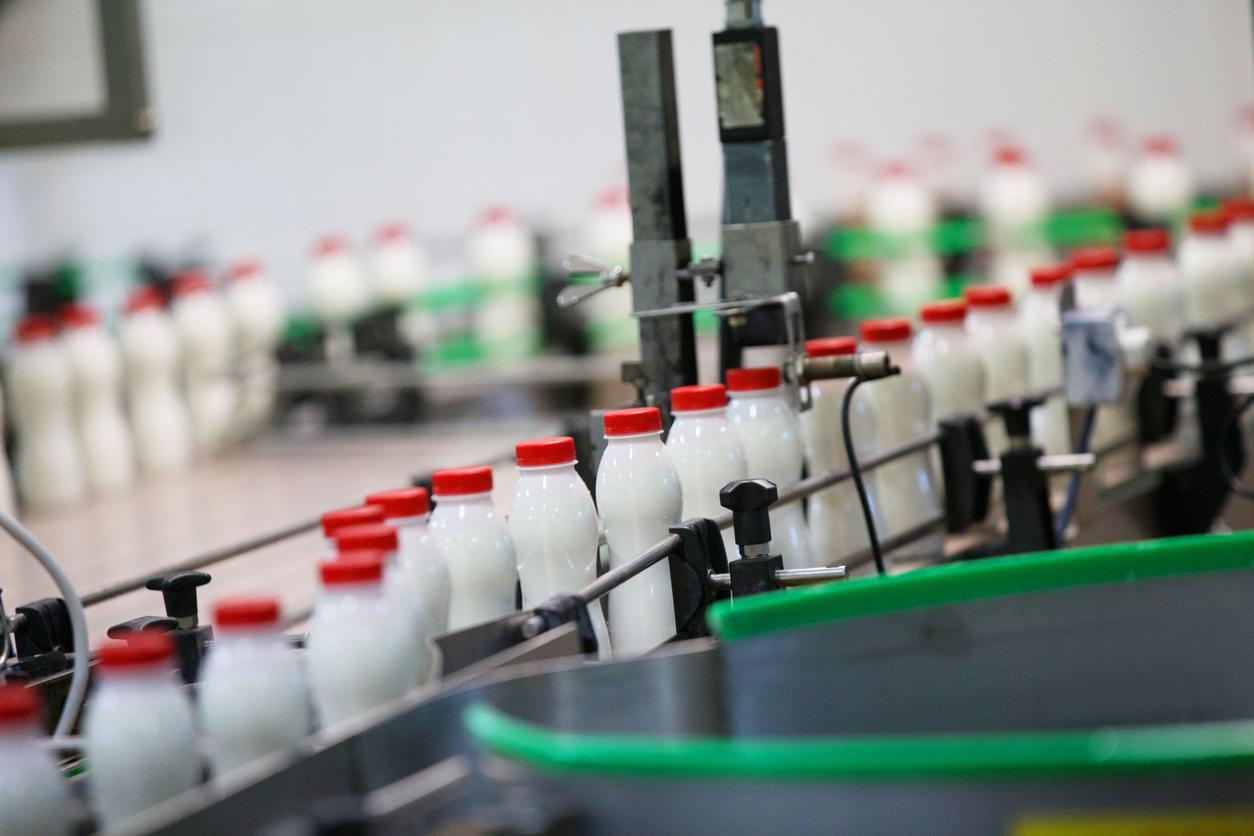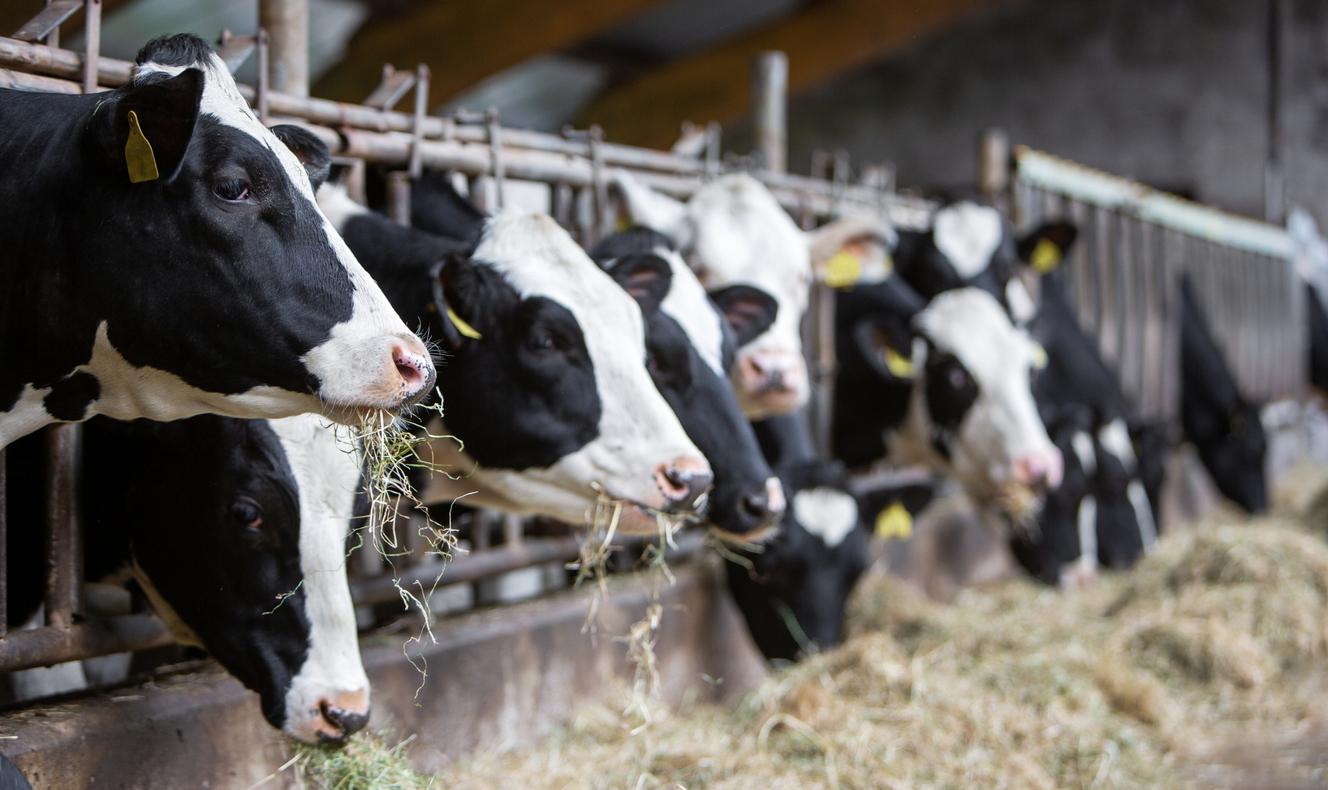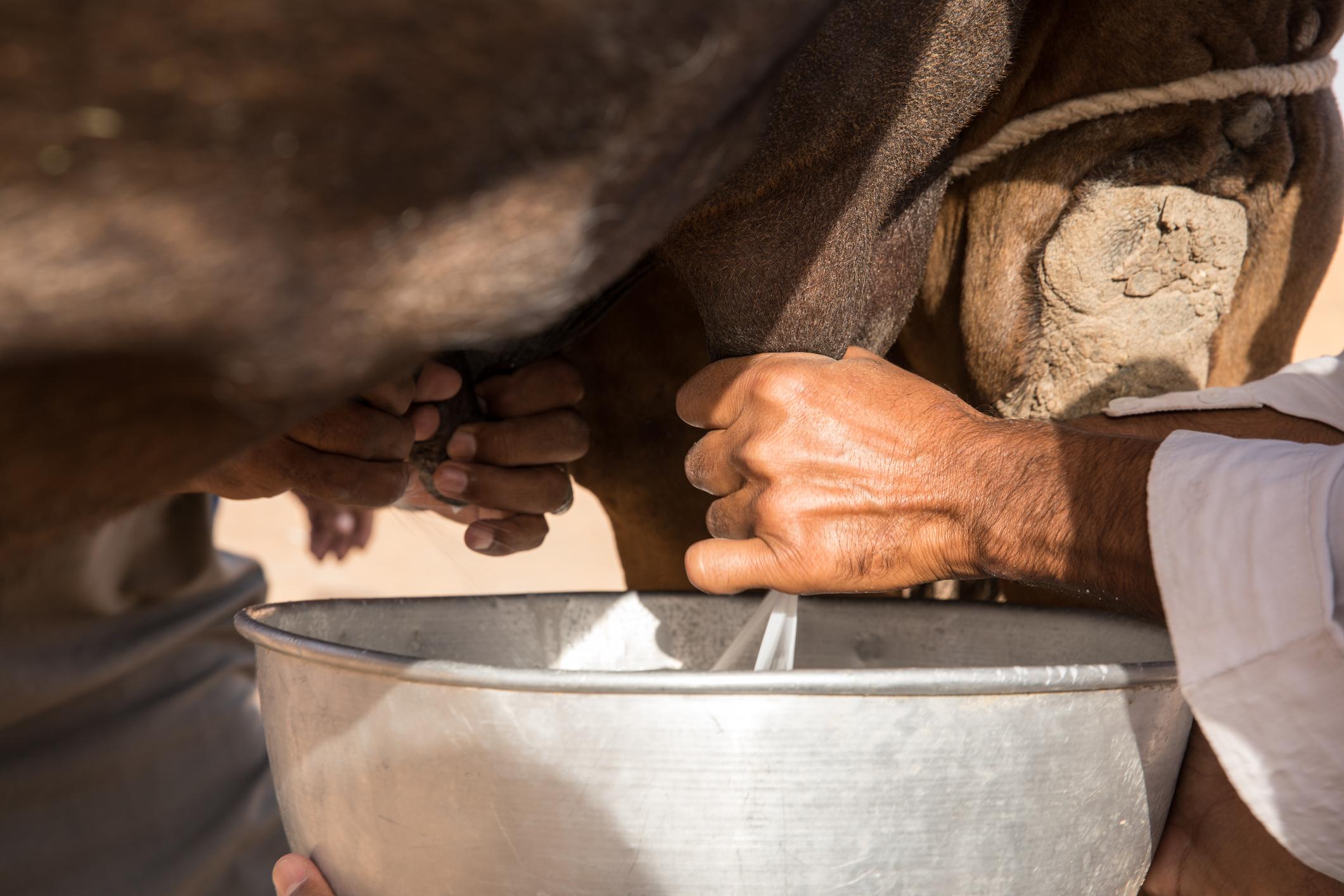Soy milk, almond, rice … Many parents ask themselves the question “what kind of milk should our children consume?”. The answer could not be simpler, according to researchers at Saint-Michael’s Hospital (Toronto). They studied 2,745 children aged two to six. After asking parents about their child’s eating habits, the experts measured and weighed the little ones to calculate their body mass index (BMI) and tested their vitamin D levels through a blood test. They then asked the volunteers to choose from four types of milk.
Results of the study published inAmerican Journal of Clinical Nutrition : 49% of children have drunk whole milk, 35% drank 2% fat milk, 12% drank 1% fat milk and 4% drank skim milk. Less than 1% of children drank a combination of all four types of milk. Children who drank whole milk – with a fat content of 3.25%, had a body mass index (BMI) almost one point lower (0.72) than those who drank milk. skimmed milk or semi-skimmed.
Drinking whole milk would prevent overeating
Lead author of the research, Jonathon Maguire, a pediatrician at St. Michael’s Hospital, hypothesized that children who drank whole milk felt fuller than those who drank the same amount of skimmed or half-milk. skimmed.
If children don’t feel full after drinking milk, they are more likely to eat other less healthy or higher calorie foods. Therefore, children who drink less fatty milk may actually consume more calories than those who drink whole milk.
More vitamin D in whole milk
Another finding: children who drank a cup of whole milk each day had levels of vitamin D comparable to those who drank nearly three cups of semi-skimmed milk. The explanation according to the authors: vitamin D is fat soluble, which means that it dissolves in fat rather than in water.
Whole milk, with a higher fat content, would therefore contain more vitamin D. There may also be an inverse relationship in children between body fat and vitamin D stores, as children’s body fat increases, their vitamin D stores are decreasing, according to the study.
Conclusions: “Children who drink low-fat milk do not have less body fat, nor do they benefit from the higher levels of vitamin D found in whole milk. That’s a double negative with low fat milk, ”Maguire said.
Results that differ from Canadian health guidelines
These results are inconsistent with Health Canada’s recommendations which advise two servings of skimmed or semi-skimmed milk for children over 2 years of age in order to reduce the risk of obesity. According to Maguire, one should take a close look at existing nutritional guidelines around milk fat intake to ensure they are having the desired effect.
Read also :
Cockroach milk, soon in our glasses?










